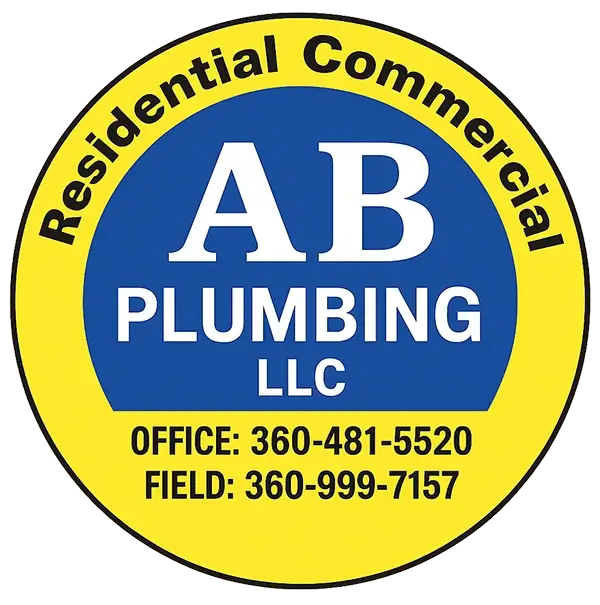Exploring the Reasons Behind Slow Heating Times in Your Home
Have you ever stood at your sink, waiting for what feels like an eternity as the water slowly heats up? This is a common issue many people face. Understanding why this happens can help you find a solution that works for you. There are several factors that contribute to slow heating times, such as the distance of pipes, water heater capacity, and potential maintenance issues. By learning more about these factors, you can take steps to improve your hot water delivery and increase your home’s efficiency.

The Role of Pipe Distance
The distance between your water heater and the tap affects how quickly hot water reaches you. If your bathroom or kitchen is far from the water heater, it will take longer for the heated water to travel through the pipes. Insulation can help reduce heat loss during transit, allowing water to stay hotter on its journey. However, if insulation is inadequate, the problem persists. For homes with long distances between the heater and tap, considering a secondary tankless system could be beneficial.
Effect of Water Heater Capacity
Your current water heater’s capacity plays a significant role in heating times. If it’s too small for your household’s needs, it struggles to provide a steady supply of hot water. When looking into options like water heater repair, ensuring that the unit fits your usage is crucial. A larger tank or an upgrade to a tankless system might be necessary to meet demand effectively.

Maintenance Matters
Routine maintenance is vital for keeping your water heater running efficiently. Sediment buildup at the bottom of the tank reduces heating efficiency, making the device work harder and longer to produce hot water. Scheduling regular inspections and cleanings ensures optimal performance. It’s also a key reason why individuals consider water heater repair services.
The Impact of External Temperature
Environmental factors also affect water temperature. In colder climates, pipes cool down significantly when not in use, requiring more energy and time to achieve desired temperatures. Installing pipe insulation minimizes this cooling effect, which improves heating speed even when outside temperatures drop.
Energy Source Considerations
The type of energy used by your water heater influences its warming rate. Electric heaters generally warm slower compared to gas models due to lower instantaneous energy output. If speed is essential, evaluating your energy source might lead to switching methods for faster results.
Improving Efficiency With Technology
Technological advancements offer solutions to improve heating times. Smart thermostats can learn patterns and adjust settings automatically for better efficiency. Installing recirculation pumps creates a loop system where unused hot water returns back to the heater instead of sitting idle in pipes. These innovations are effective ways to optimize performance without extensive retrofitting.
- Check if your unit’s size matches household needs
- Ensure proper insulation along lengthy pipelines
- Regularly maintain equipment through professional services
- Consider upgrading based on fuel type and technological capability
Securing Optimal Heating Performance
Understanding why water takes too long to heat involves identifying and addressing various contributing factors like pipe distance, heater capacity, and maintenance routines. Applying strategic solutions such as using proper insulation or seeking expert consultation helps enhance overall system efficiency. Contact us today at (360) 481-5520 to explore how AB Plumbing LLC can assist with optimizing your setup in Roy, WA. Implementing these changes ensures consistent access to hot water while reducing unnecessary waiting periods.
